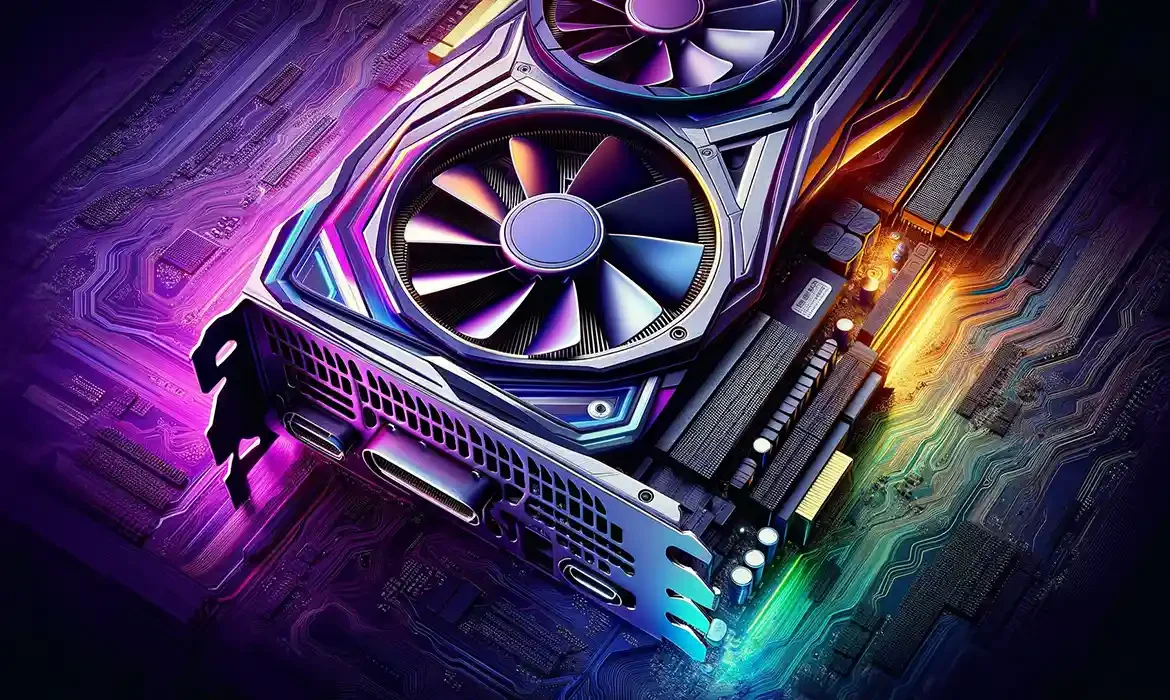Comprehensive Guide to Select a GPU Server for Video Editing
In the era of advanced video editing, the need for high-quality video development and quick rendering times has never been more noteworthy. GPU servers have now become an essential tool, especially for video editing experts, providing exceptional performance for fast rendering, animations, and many more. But with so many options available at present, how do you select the best GPU dedicated servers for fulfilling your video editing requirements? In this guide, we’ll take you through all the necessary factors that need to be considered when choosing a GPU server for performing video editing.
Know Your Editing Requirements
The initial step in selecting the best GPU dedicated servers is knowing about your demands. Ask yourself a few questions before making any decision:
- What kind of videos do you want to edit? (for example, 1080p, 4K, or any other)
- Do you utilize software such as Adobe Premiere Pro, or DaVinci Resolve?
- What’s the general duration of your tasks?
- What type of effects, layers, and transitions do your tasks generally have?
The answers to these queries will support you in choosing the type of GPU server that fulfills your demand.
Give Priority to GPU Performance

The GPU (Graphics Processing Unit) is the core of any type of video editing server. Here are several quick tips for assessing GPU performance:
VRAM & CUDA Cores
NVIDIA GPUs control the video editing space just because of their CUDA cores, which boost rendering tasks and playback speed. Opt for those GPUs that have the best VRAM (8GB or more) to manage challenging deadlines and huge video files.
Compatibility with Video Editing Software
Make sure that the GPU is fully compatible with your chosen video editing software. For example, DaVinci Resolve mainly depends on GPU performance, making both the RTX 30 or 40 series a perfect choice.
Multi-GPU Support
If your tasks have complex rendering projects or 8K video editing, always choose a server that simply supports various GPUs for increased performance.
Opt for RAM & CPU Needs
As the GPU dedicated servers is essential, the RAM and CPU also play a very important role in enhancing video editing performance:
- CPU: A robust processor offers seamless playback and quicker exports. Opt for GPU servers with AMD Ryzen Threadripper or Intel Xeon CPUs.
- RAM: Video editing software usually takes a sufficient amount of memory. Generally, focus on almost 32GB of RAM, or more than that if you work with high-quality video.
Analyze All Storage Options
Storage capacity and speed are two other necessary components for performing video editing. Here’s what to opt for:
- HDD vs. SSD: SSDs provide quicker write/read speeds, decreasing lag at the time of video editing and playback. Utilize especially SSDs for your OS, chosen software, and current tasks, whereas HDDs can be utilized for documented storage.
- Storage Capacity: Make sure that the server has adequate storage to store all your video files. A common 4K video editing task can use a lot of gigabytes.
- NVMe Drives: Used for high performance, select NVMe SSDs, which are quicker than all other SSDs.
Check Network Connectivity & Bandwidth

If you are using the GPU server distantly, network connectivity and bandwidth become necessary:
- High-Speed Internet: A good internet connection offers seamless data transfer and distance usage to the chosen server.
- 10 Gbps Network Ports: For smooth file transmission and reduced latency, opt for servers well-fortified with 10 Gbps network ports.
Customization & Scalability
Select a GPU server that enables upcoming upgrades and modifications:
- Upgradeable RAM & GPUs: Make sure that the chosen server can use multiple GPUs and RAM as your demand increases.
- Adjustable Configurations: Various hosting service providers provide tailored servers where you can choose factors customized according to your requirements.
High Uptime & Reliability
Video editing tasks are generally time-based. A trustworthy GPU server with very little downtime is necessary.
- Powerful Infrastructure: Always opt for servers hosted in Tier-3 or Tier-4 data centers with very little power and advanced cooling systems.
- Service-Level Agreements (SLAs): Look for the hosting service provider’s SLA for high uptime.
Consider Budget-Friendliness
Budget is one of the most important factors at the time of investing in a server. Here are some key points about how to balance both cost and high performance:
- Dedicated vs. On-Demand Servers: On-demand servers are mostly budget-friendly options for short tasks; on the other hand, dedicated servers are good for long-term projects.
- Hosting Service Providers: Compare both features and pricing from all available hosting service providers. Search for those options that provide flexible pricing plans to fulfill your demands.
24/7 Support & Technical Guidance

A trustworthy hosting service provider should provide superb support to troubleshoot problems rapidly.
- 24/7 Customer Support: Make sure that the service provider supports technical guidance all the time.
- Resources & Knowledge Base: Opt for those providers with complete testimonials and guides.
Energy Efficiency & Sustainability
Sustainability is now becoming a crucial factor in the whole tech industry. Select a GPU server provider dedicated to eco-friendly energy practices and robust hardware.
Conclusion
Selecting the appropriate best GPU dedicated servers for performing video editing tasks consists of a cautious analysis of your requirements, hardware specifications, and service provider qualities. By giving priority to GPU performance, good storage, and flexibility, you can offer a seamless video editing experience and quicker task delivery. Hosting service providers such as GPU4HOST provide customized GPU dedicated servers generally for video editing experts, uniting advanced hardware with constant support and cost-effective pricing. Even if you are working on VR-based tasks, the appropriate server can revolutionize your projects.


